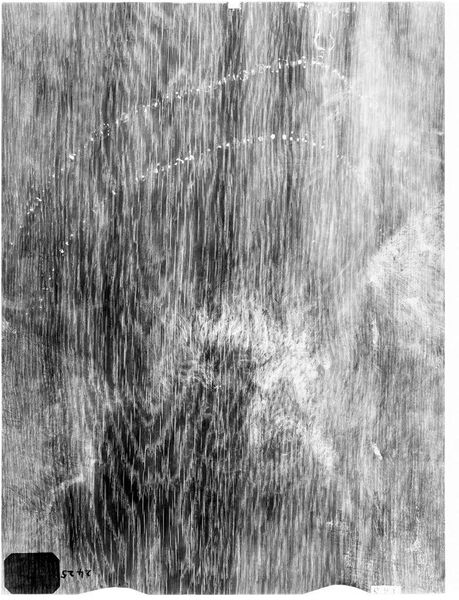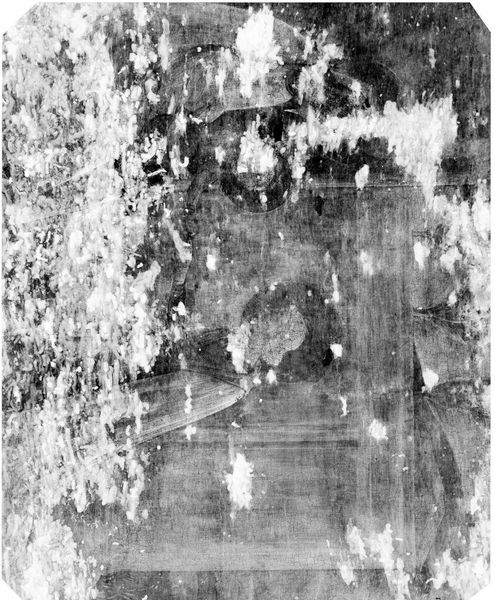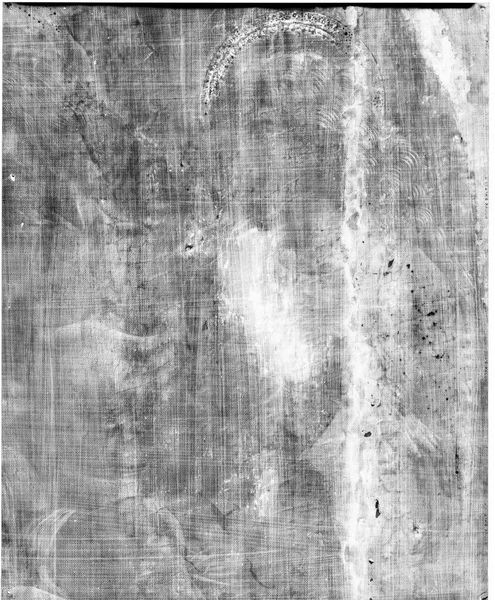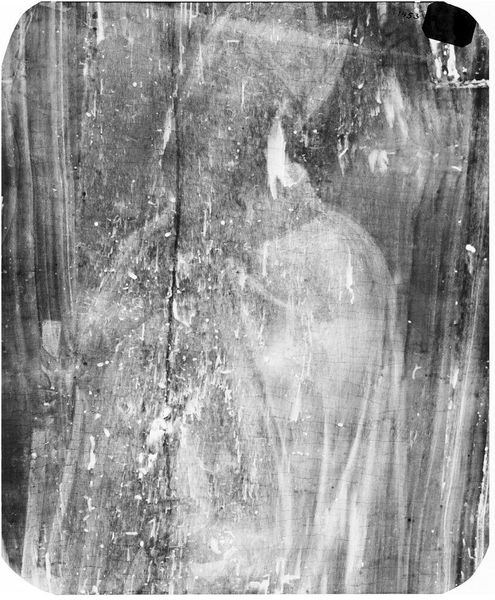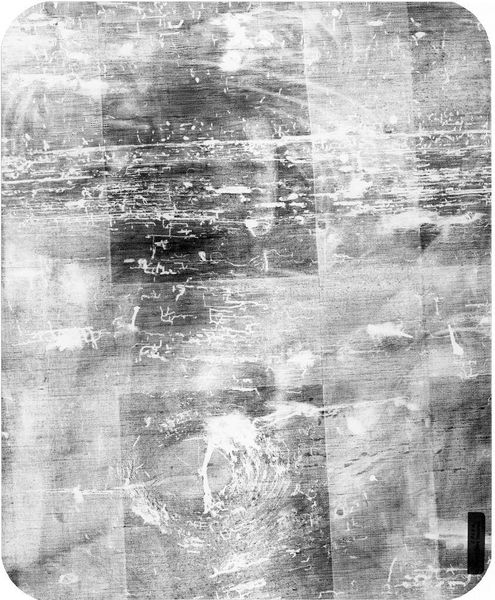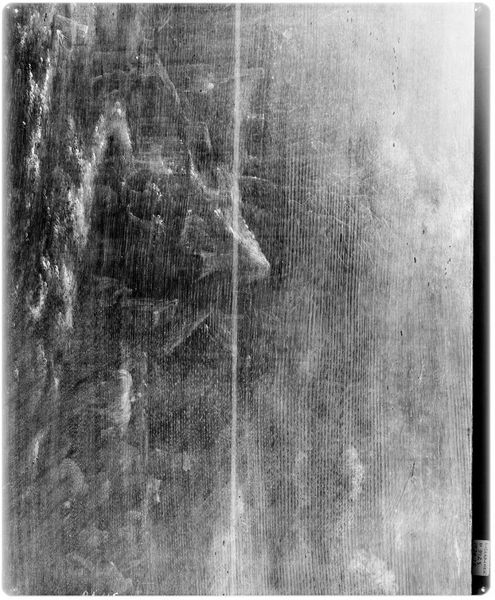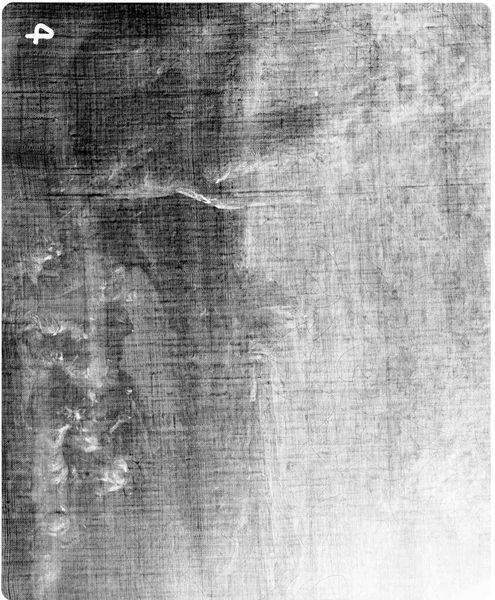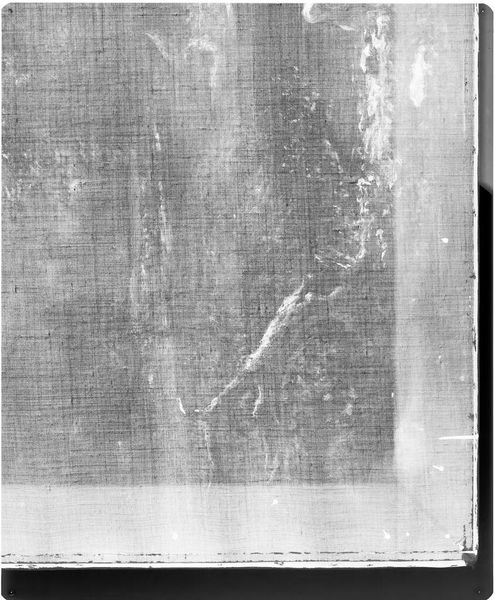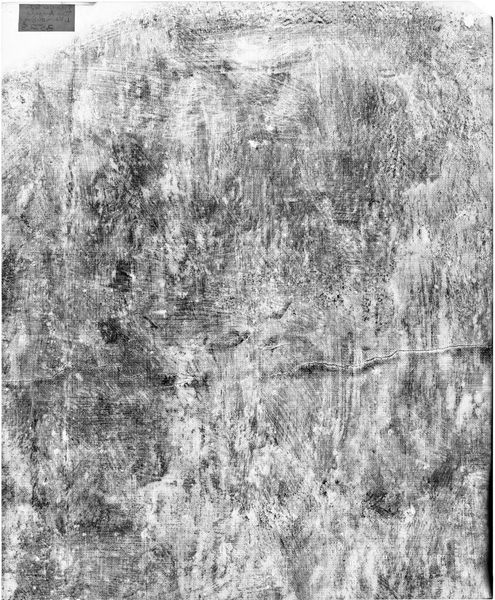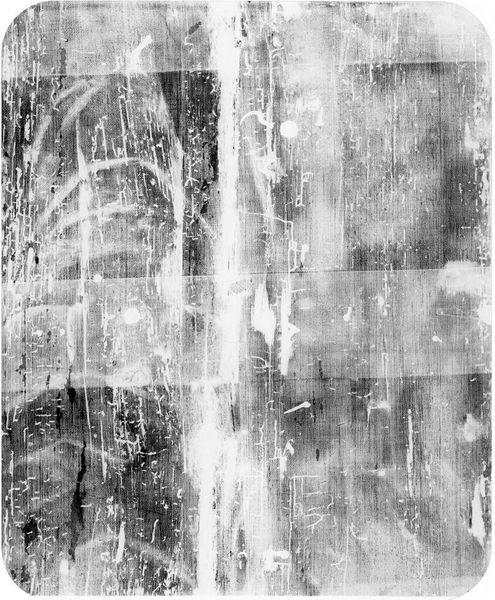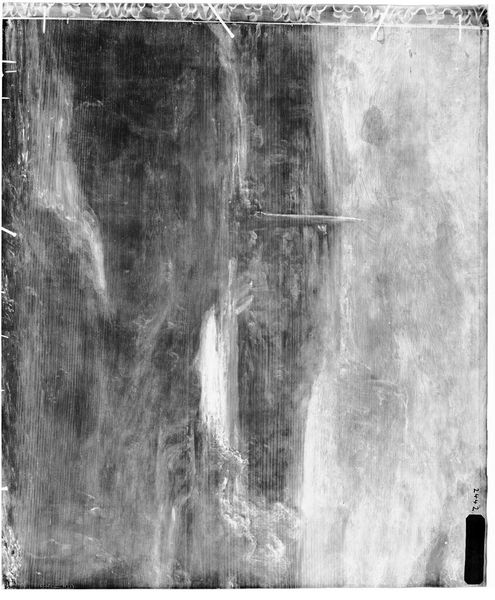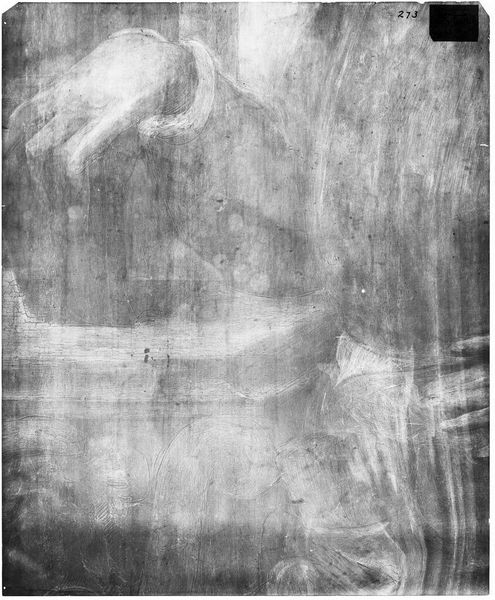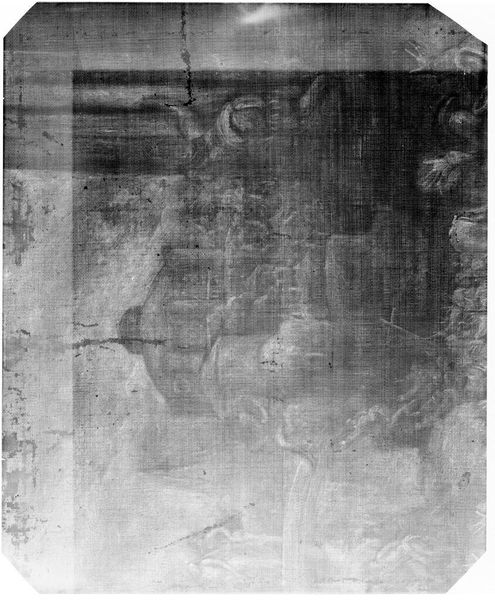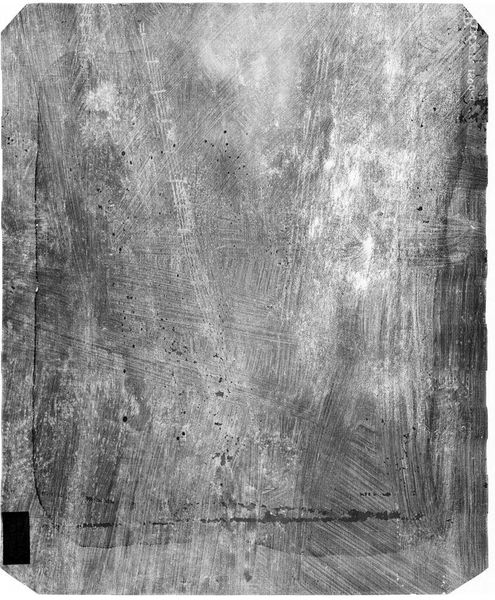
Copyright: Public domain
Editor: Here we have Edouard Riou's ink and engraving titled *Journey to the Center of the Earth*, from 1864. The black and white image shows a man reclining in what appears to be a vast cavern, staring upwards. There's such impressive detail, particularly in the textures. What strikes me most is the implied scale. How do you read this piece? Curator: This engraving beautifully highlights the material conditions of 19th-century print culture. Consider the wood block: the labor involved in its creation, the means of its distribution through mass printing. We are seeing not only an image, but also the product of a specific industrialized process that made art more accessible to the masses. Do you see how the sharp lines and high contrast contribute to that accessibility? Editor: I hadn't considered it that way, but that's a good point. So, are you saying the technique itself carries a kind of social weight? Curator: Precisely. Think about who had access to art before mass production. This kind of printmaking democratized image consumption. Also, notice the subject. While romantic, it still caters to a wider audience through the popular adventure novel. It suggests consumption extending beyond elite patrons. Do you think that's reflected in other narrative art of this time? Editor: That's insightful. Thinking about the intended audience changes the way I look at it. Curator: It forces us to confront how production shapes consumption and access. Editor: Definitely something to think about. It’s helped me understand how even an illustration like this reflects broader societal shifts in artistic production and consumption.
Comments
No comments
Be the first to comment and join the conversation on the ultimate creative platform.
